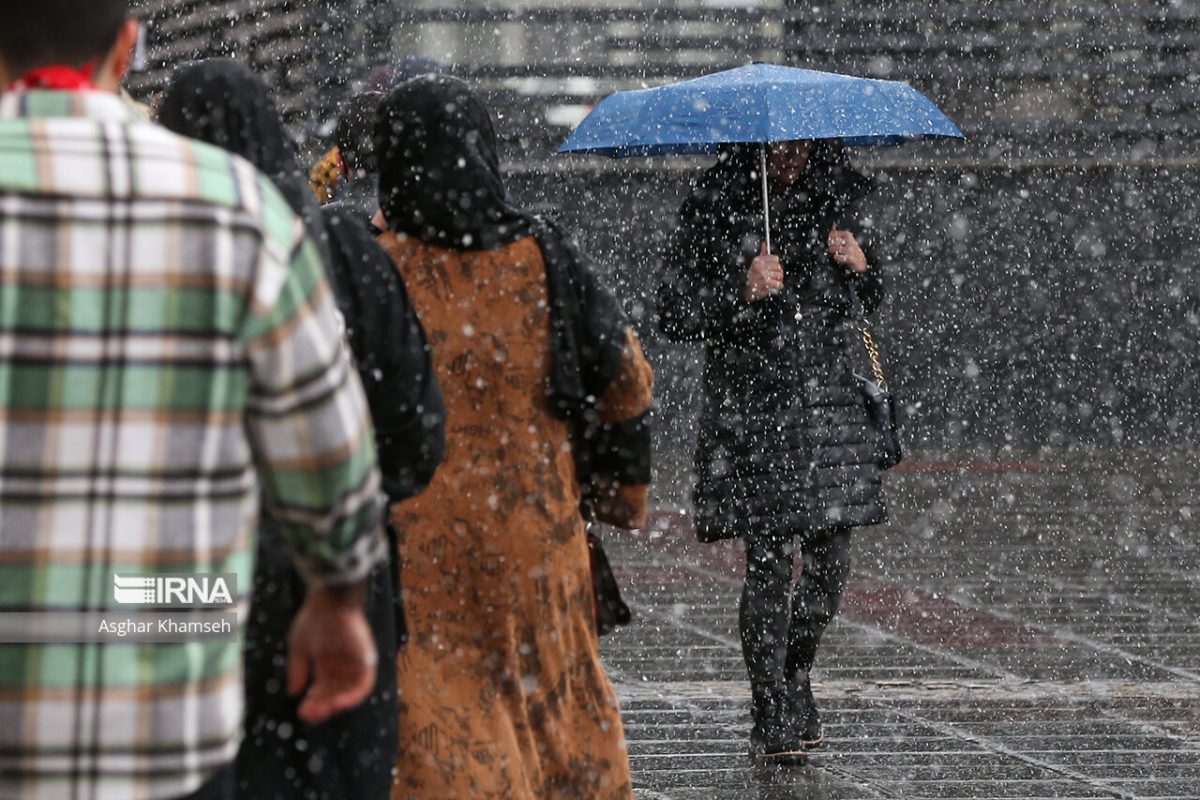Hormozgan Province recorded the most severe deficit (-75.9%), followed by Sistan-Baluchestan (-75.4%) and East Azerbaijan (-60%)
Mazandaran was the sole province with increased rainfall (+2.2%)
Tehran saw a 41.4% reduction (81mm less than historical average)
The water crisis persists despite marginal improvement from a 37.5% deficit reported in mid-March.
Experts warn the prolonged drought could threaten agricultural output, strain urban water supplies, and exacerbate dust storms in southeastern regions.
Authorities are expected to implement water rationing in affected provinces ahead of peak summer demand.
